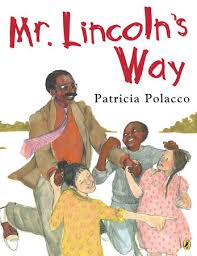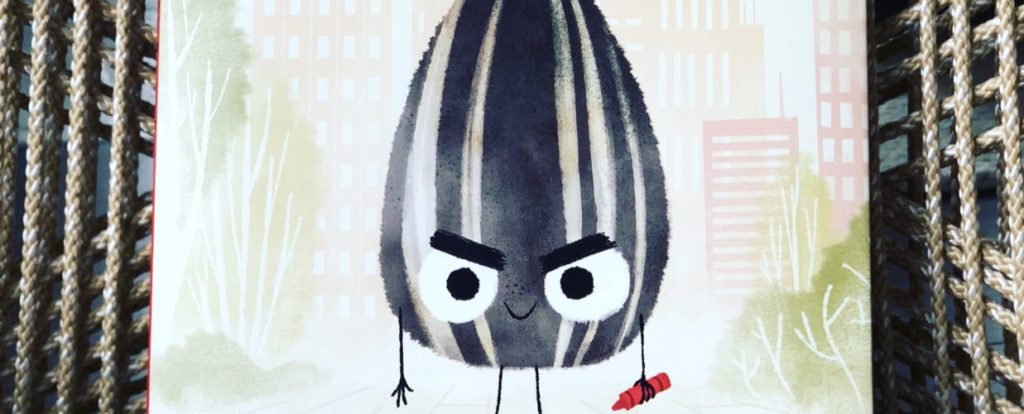It amazes me how many students come into my class already believing (and acting as if) they are the “the bad seed”, or the classroom trouble maker. It’s a dangerous path. How do, we as elementary teachers, offer them a way out? A new path? How do we help the child who already views themselves as the behaviorally-challenged student?

It’s hard for kids to identify another way once they’ve labeled themselves as “the bad one”. Try to give them other opportunities for success and get them out of negative situations as much as possible. Don’t put the kid in the “bad kid box” they’ll put walls up and make a home there.
Strategies for Breaking The Cycle:
- Find and acknowledged one good thing that this student does each day. This can be incredibly difficult. Sometimes it ends up being very small. I’ve spent an entire day watching a student just to tell them I appreciate the way they picked up a pencil at the end of the day. But it matters. Force yourself (and them) to see their good. For an added bonus, call home. I’ve had parents tell me they had never received a positive call before, and others who cried during conferences when I shared a compliment or positive story. Often their parents struggle to find and reward the good as well. By creating an opportunity for their families to be proud of them, your student will realize that you’re on his or her team.
- Tell the student that every day is a fresh start. They are not their mistakes. They can be better. Find them at the end of the day and let them know that even though today was tough, you’re so happy they’ll be there tomorrow. Tomorrow can be better.
- Get to know them and let them get to know you too. Tell them about your own mistakes. Celebrate your victories together.
- Foster empathy. This comes from talking and reading. Let the child know how his or her actions affected you and others. Discuss how a character in a book feels. Ask your student about his or her motives were behind
a behavior and try to empathize with them too. - Empower them. Give them something else to be known for. Celebrate that they are at school ever
y day (the challenging ones always are!) and call them the class historian when you can’t remember something that happened. Or make them your technology expert, or class artist, they could even be your “expert pencil sharpener”. Just make sure the other kids know that this student is someone you trust with something. You respect them. - Do not immediately assume negative intentions behind their behavior. Do not immediately believe that they are somehow involved in something wrong. When I was in 7th grade I remember sitting next to the “trouble maker” of our class. He had received yet another demerit for a “crime” I no longer remember. I asked him what had happened and he told me earnestly that he hadn’t done it but that, of course, our teacher didn’t believe him. What he said next stuck with me and shaped my classroom management style forever. He said, “If they’re always going to assume I’ve done something bad, I might as well do it.” It’s hard for kids to identify another way once they’ve labeled themselves as the bad one. I try to give them other opportunities for success and get them out of negative situations as much as possible. Don’t put the kid in the “bad kid box” they’ll put walls up and make a home there.
Books that Support the Message
*Affiliate links to each book provided

I love this book because it opens up a conversation about stepping off this path. Not only does this seed know he’s bad, but he knows that others know it too. We learn about his tough past that has made him this way. The best part of this story is that he changes. He’s still not perfect, but he wants to be good – so he becomes better. This is a powerful message to have in every classroom. You can move beyond your past, and others can – and should -accept the new you too.

Mean Gene is a bully who hates everyone that is different than he is.

Leave a Reply
You must be logged in to post a comment.